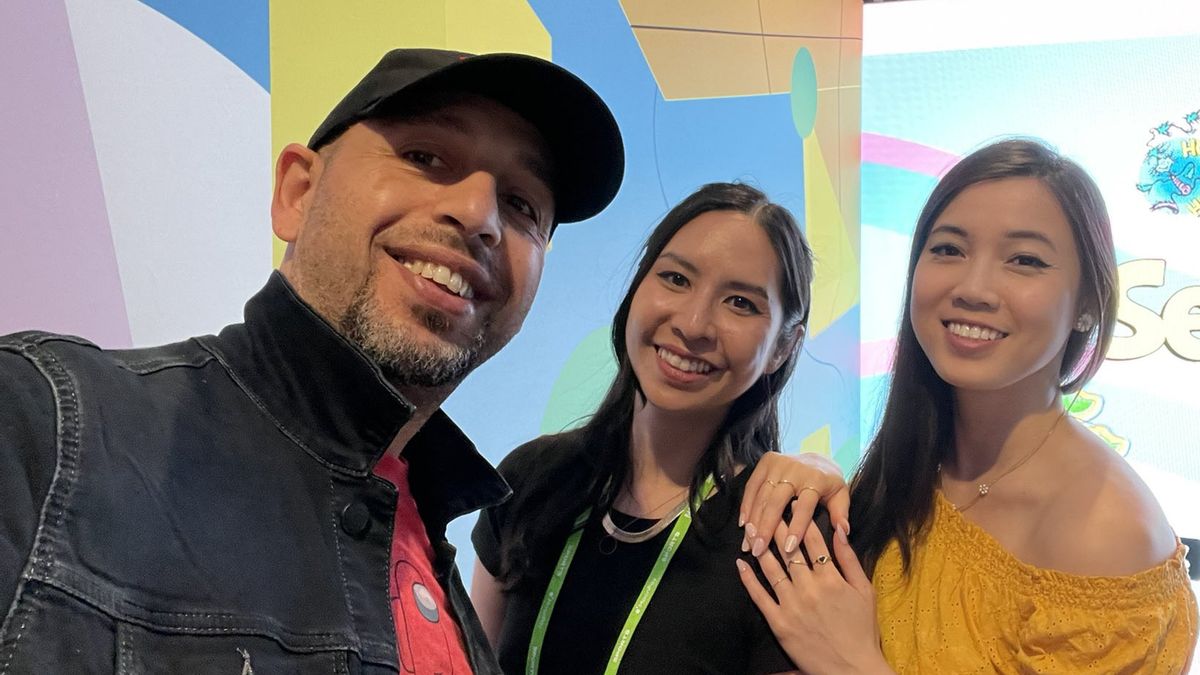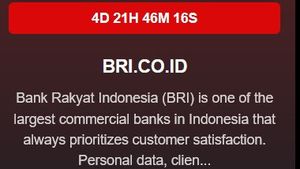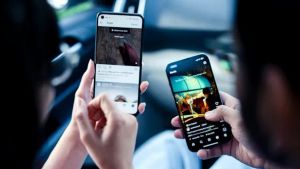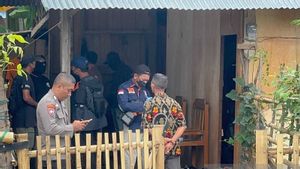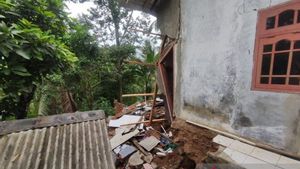JAKARTA The use of nonfungible tokens (NFT) for museum assets, individuals, and metaverse initiatives is a new means for them to be able to connect directly with their fans. This can be seen from the efforts of the Frida Kahlo family to launch artist's never-before-seen personal art and artifacts at an exclusive event on the Decentraland metaverse platform in its art week in August.
In Belgium, the Royal Museum of Fine Arts daynp marks the first European museum to mark a million euro worth of classic art masterpiece. The Kharkiv Museum of Arts in Ukraine also launched a new NFT collection with Binance to preserve their cultural heritage and raise funds amid ongoing regional conflicts.
However, when everything becomes tokenized, new questions arise. Will museums in the future only become giant NFT galleries with every piece of art that has digital partners? How does ownership actually work in such scenarios?
Cointelegraph spoke with Hussein Hallak, founder and CEO of Momentable, a company serving the museum to help integrate NFT, to understand what the future of NFT will be for the art world.
Hallak believes that it is unavoidable for museums to eventually turn into giant NFT galleries. "We believe everything will become NFT. Just like serial numbers, for every product there will be NFT," he said.
According to Hallak, technology will become easier to use everywhere. For now, he estimates that the most common use of NFT by museums is for the proof and maintenance of items in their collections. In addition, it is a digital edition that can be accessed by the public.
NFT is an integral technological innovation that museums cannot ignore if they want to move on to the future, said Hallak. But they need to be part of a larger strategic modernization roadmap.
Hallak also stated that fractional ownership will not reduce the physical value of the valuable heirloom owned by the museum. He even called it that it would be easier to access.
He linked it to increasing the value of private companies going public. Making art more easily accessible through infrastructured ownership or limited digital editions, will most likely encourage interest, increase appreciation of art and artists, and ultimately increase its value," said Hallak.
Ownership coming with fractionalization is key to Web3. This is one of the characteristics that distinguish it from the previously known internet. Hallak views NFT as a tool to support public art rather than guardianship transfer.
Model [NFT] which is more likely to fund the public display of works of art and artifacts by making some digital versions, he said.
Over time, NFT will increasingly be an opportunity for museums to take advantage of their collections and arbitrariness in the digitalized future, as seen in the museums mentioned above in Belgium.
A recent report assessed the current NFT market to be worth nearly $231 billion by 2030.
The English, Chinese, Japanese, Arabic, and French versions are automatically generated by the AI. So there may still be inaccuracies in translating, please always see Indonesian as our main language. (system supported by DigitalSiber.id)
